NEW WORK
Video of "Intimate Entanglements," an exhibit at Gallery Route One in Point Reyes in November 2023.
******************************************************************************
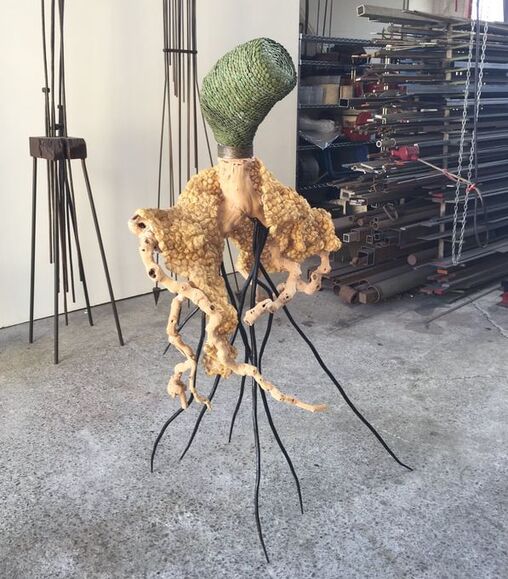
The Wise One, 2023
Grapevine wood, computer capacitors, wire mesh, adhesive, moth cocoons, linen thread, metal collar and metal stand
(60" x 40" x 20")
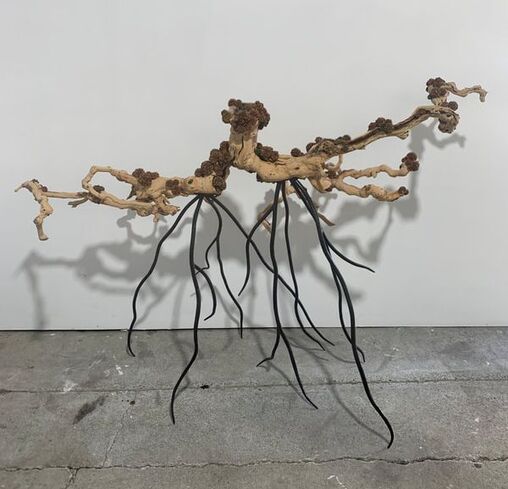
Necessary Entanglement, 2023
Grapevine wood, computer capacitors, adhesive, metal stand
(79" x 30" x 40")
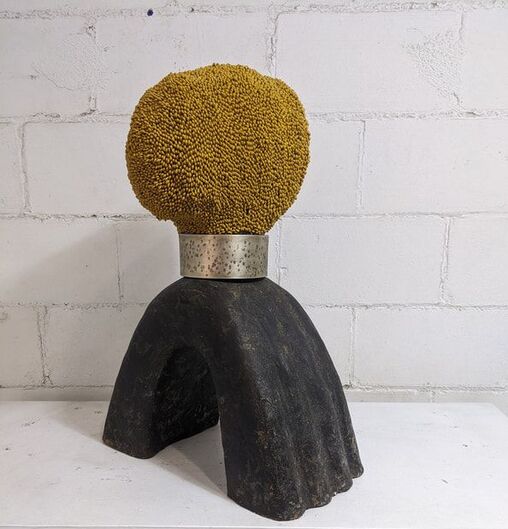
Ceding The Self, 2023
Computer capacitors, wire mesh, adhesive, ceramic stand, metal collar
(16" x 9" x 6")
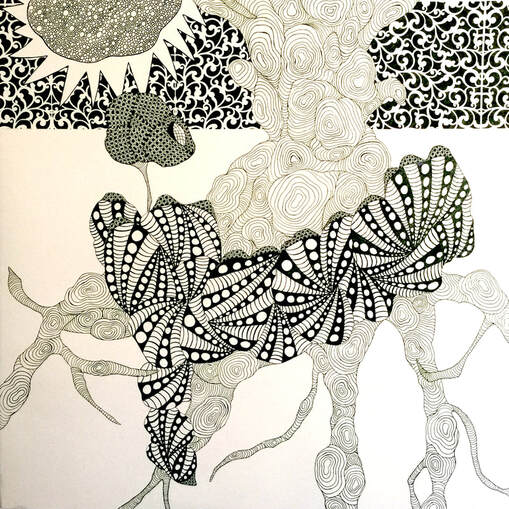
The Crossing, 2023
Watercolor paper, ink
Framed
31.5"h x 31"w x 1.75"d
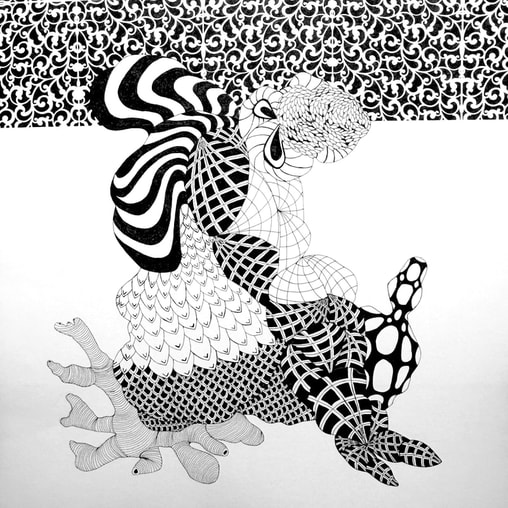
The Crossing II, 2023
Watercolor paper, ink
Framed
31.5"h x 31"w x 1.75"d
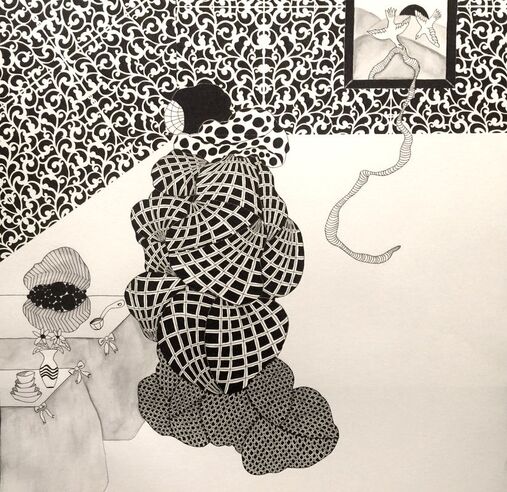
A
It was just after the clam chowder
bread bowl had been set out that the
python fell from the sky, 2023
Watercolor paper, ink
Framed
(after Aubrey Beardsley)
30"h x 31"w x 1.5"d
It was just after the clam chowder
bread bowl had been set out that the
python fell from the sky, 2023
Watercolor paper, ink
Framed
(after Aubrey Beardsley)
30"h x 31"w x 1.5"d
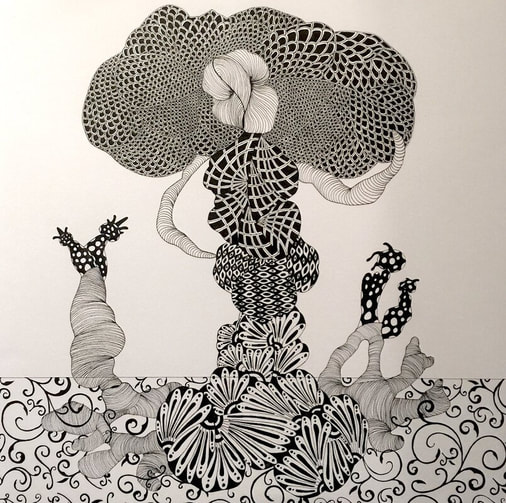
An Unsovereign Life XIII, 2023
Watercolor paper, ink
Framed
30"h x 31"w x 1.5"d
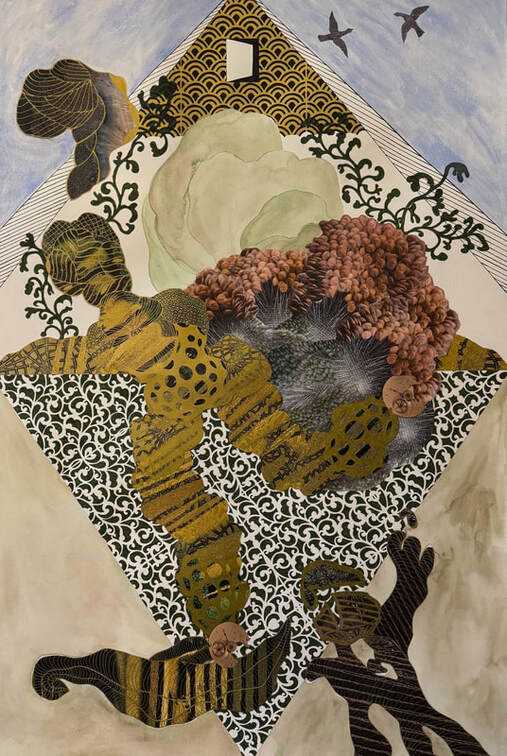
Every Once In A While, A Man Stands Up
From the Dinner Table and Runs
Toward the East I, 2023
Watercolor paper, ink, acrylic paint, collage
Framed
43.5h x 31"w x 1.5"d
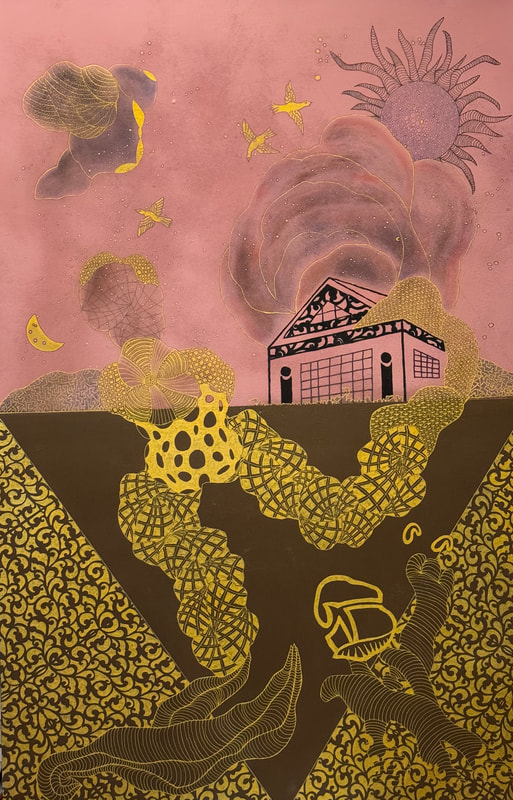
Every Once In A While, A Man Stands Up
From the Dinner Table and Runs
Toward the East II, 2023
Wooden panel, ink, acrylic paint
36h x 24"w x 1.5"d